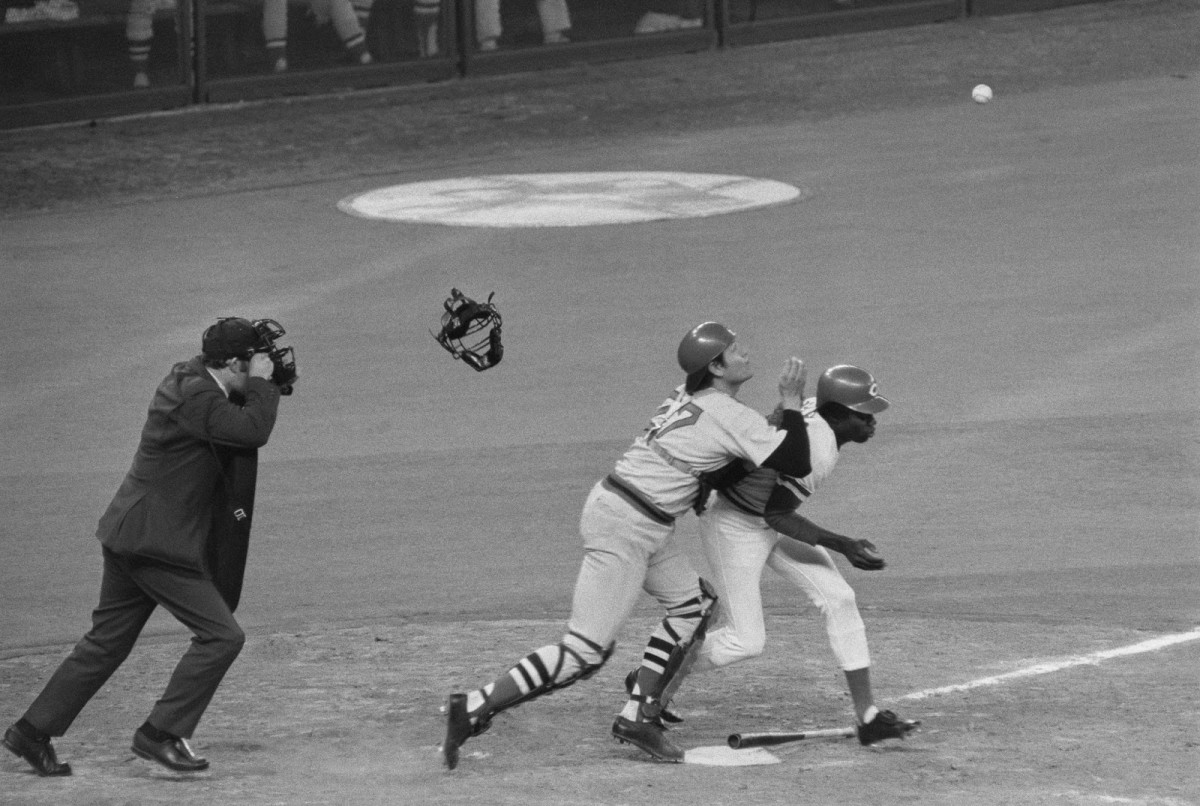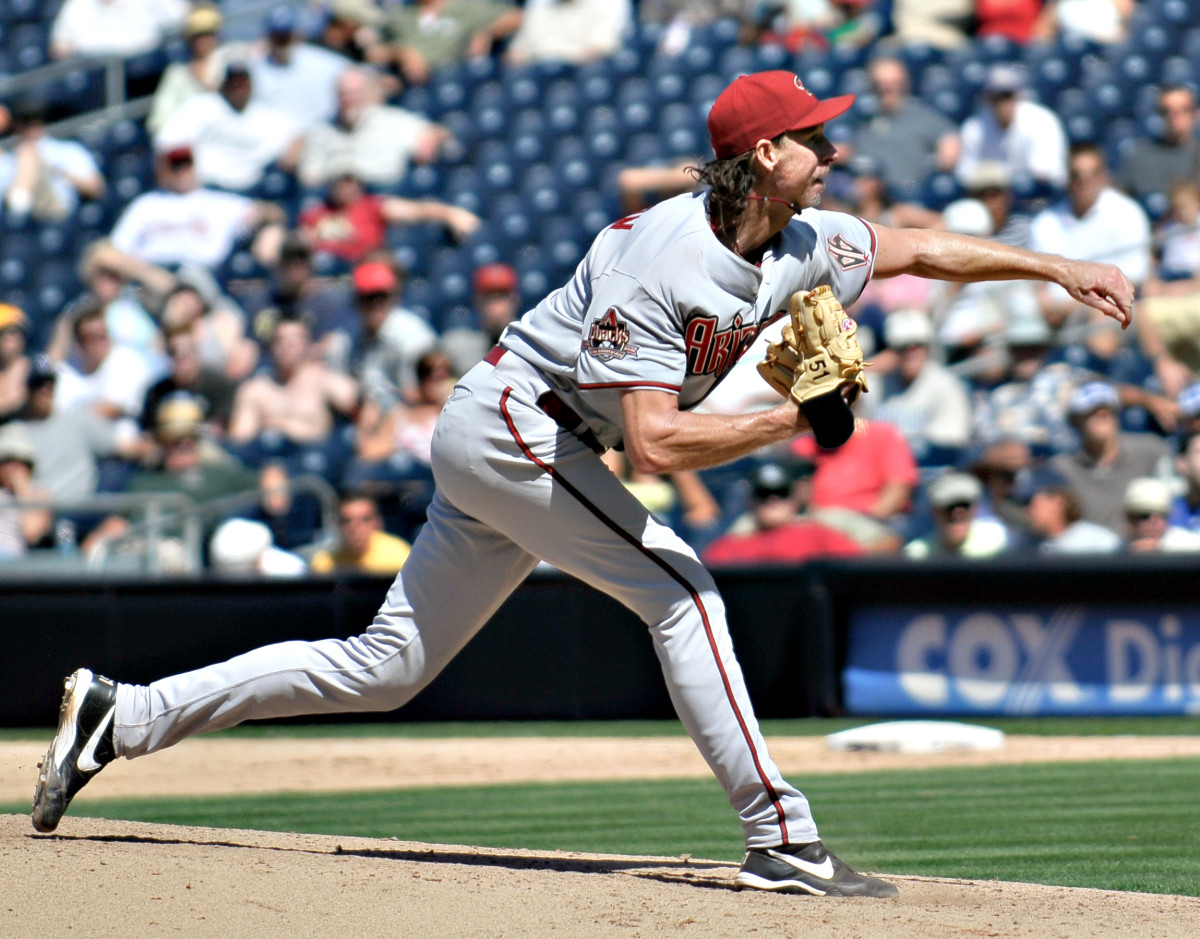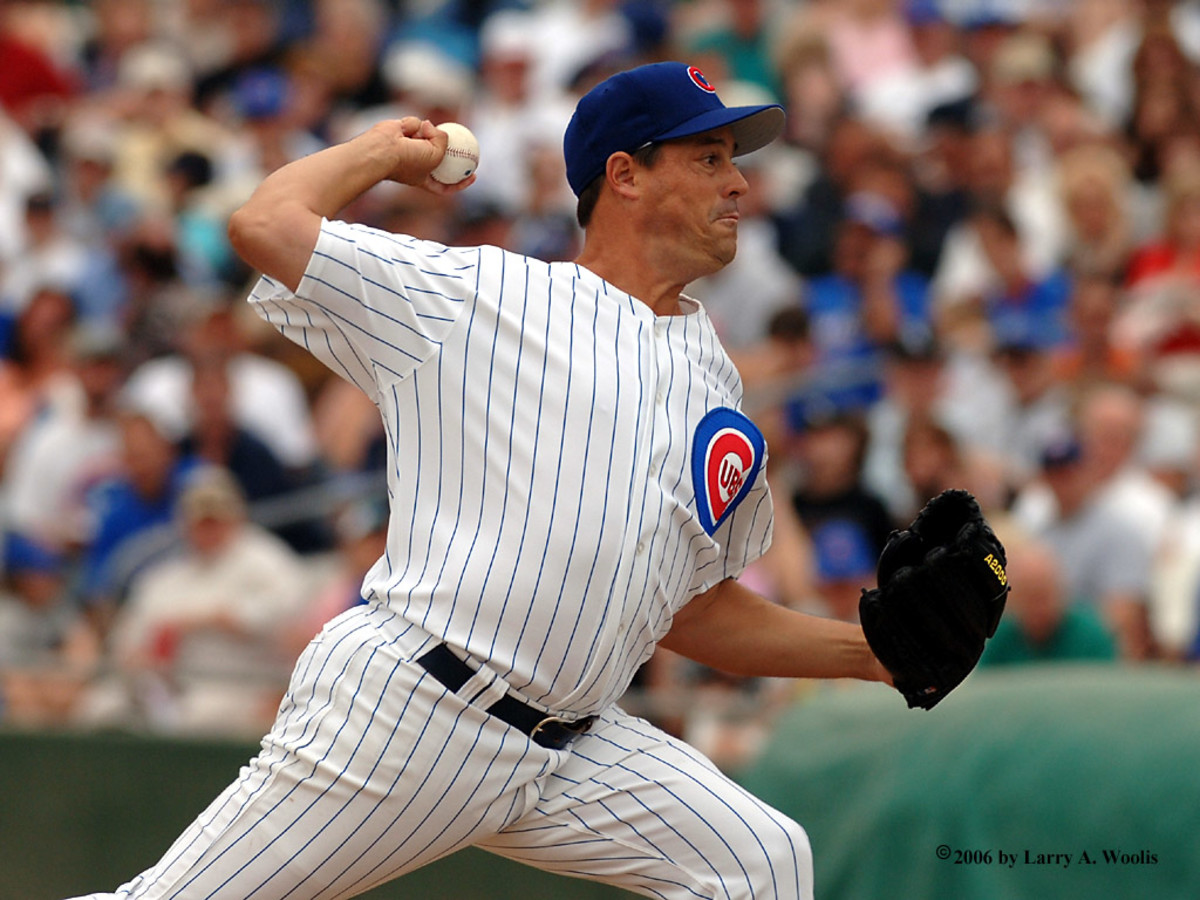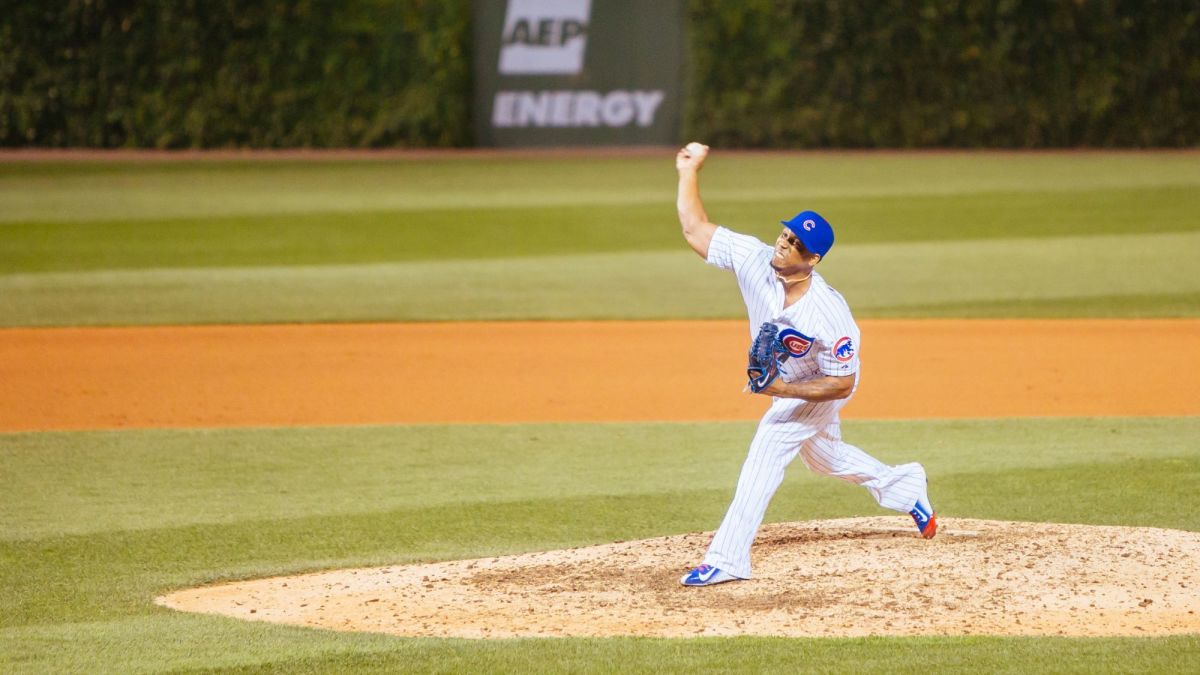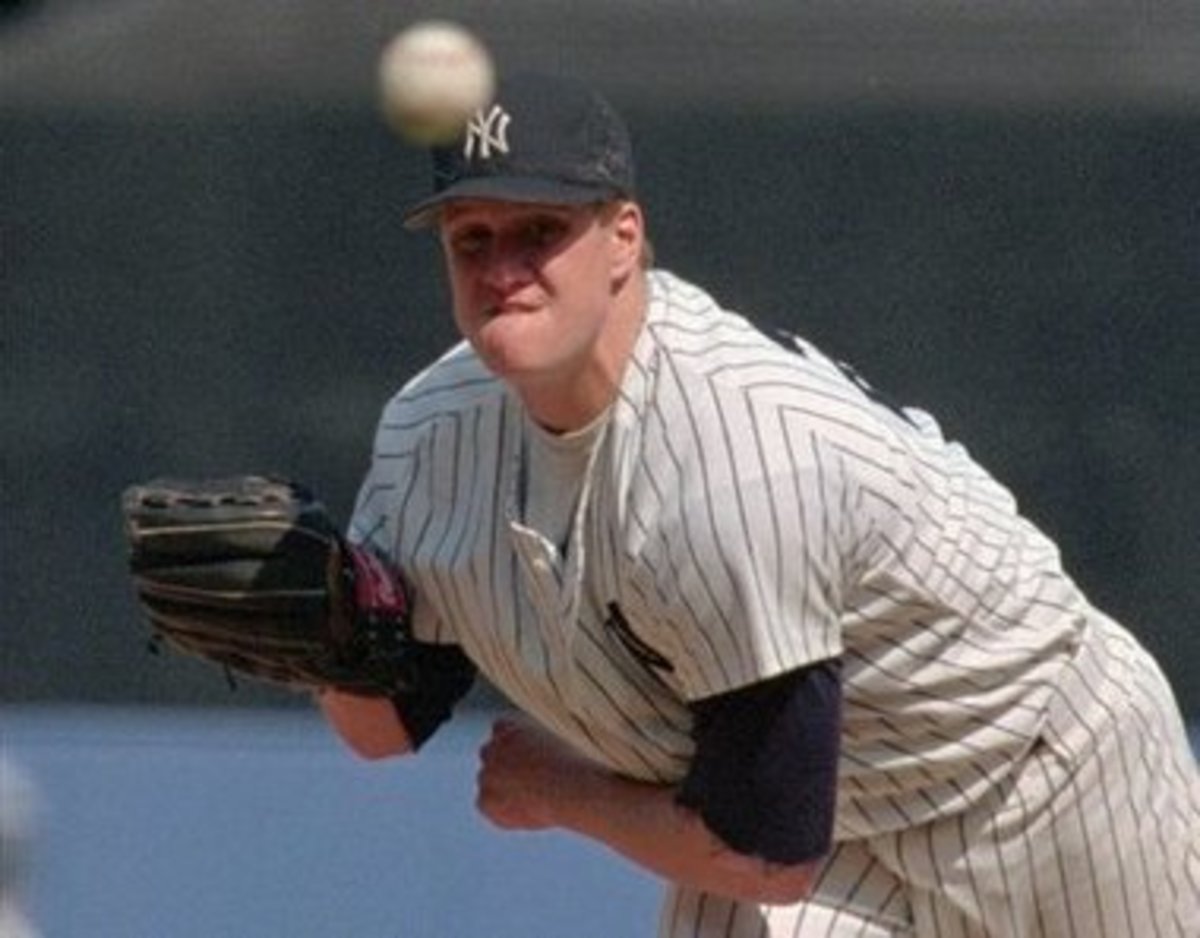- HubPages»
- Sports and Recreation»
- Team Sports»
- Baseball
The Greatest Pitcher in Baseball History
The Criteria
Who is the greatest pitcher of all time in Major League Baseball history? This question is certainly daunting, but that’s exactly what makes it so interesting to discuss. Baseball was invented in 1839, and it has been a professional sport since 1869. In that vast amount of time, there have been an unimaginable number of changes in the game. Some of these variations are relatively insignificant, and others have a considerable impact on how to compare different eras.
Comparing different eras. How does one do so fairly? In my opinion, if you compare the league averages in stats like runs per game, batting average, and home runs, you can begin to see which eras were the most difficult to pitch in. After that, it’s time to compare the pitcher’s numbers with those of their era and then against the other pitchers. It is an extremely rigorous and time-consuming process. In the end, two people could investigate in similar ways and come up with a completely different result for the greatest pitcher of all time.
This article could be written in one of two ways; in some sort of countdown, ranking players leading to number one, or by me telling you who I think the greatest pitcher ever is, and then putting him up against possible candidates. In this article, I’m going to do the latter. (However, a ranking of the best pitchers of all time will be coming at some point.) So, in my opinion, the greatest pitcher in the history of baseball is… Lefty Grove.
Lefty Grove
Lefty Grove’s breathtaking career commenced in 1925 and continued until 1941, during which he amassed 300 wins and merely 141 losses. His 3.06 ERA is impressive, along with his win-loss record, but those numbers don’t specifically jump out as the best ever. However, Lefty Grove pitched in one of the most difficult eras in Major League Baseball, directly after the dead ball era. In 1929 the runs per game average in baseball skyrocketed to 5.19, the highest it had been since 1900. Shockingly, the next year it increased even more to 5.55 in 1930.
What did the Philadelphia Athletics’ star do in those years? He went 20-6 with a league-leading ERA of 2.81 in 1929, and went 28-5 in 1930 with a league-leading 2.54 ERA (also leading the league in wins). What’s even better is his phenomenal 1931 season, where he finished an astonishing 31-4 with an incredible 2.06 ERA and won the MVP. In addition, he won the pitching Triple Crown (leader in wins, ERA, and strikeouts) in both of those seasons. What Grove did in 1930 and 1931 is perhaps the greatest back-to-back seasons baseball has ever seen combining for a 59-9 record.
Grove’s dominance doesn’t end there. Throughout his remarkable career he led the American League in ERA a record nine times, led the league in wins on four occasions, winning percentage five times, and strikeouts seven times. His nine ERA titles is truly an immaculate feat, during his career only Lefty Gomez pulled out multiple ERA titles, winning two. Lefty’s career was 17 years, which means he led the league in ERA in more than half of the seasons he played. Not to mention, he had a short rookie season and final two seasons, which means he led in nine of the 14 seasons in his prime. Grove spent nine years playing for the Philadelphia Athletics and eight for the Boston Red Sox, going 4-2 with a 1.75 ERA in the World Series for the A’s. He also won two World Series titles, winning in 1929 and in 1930.
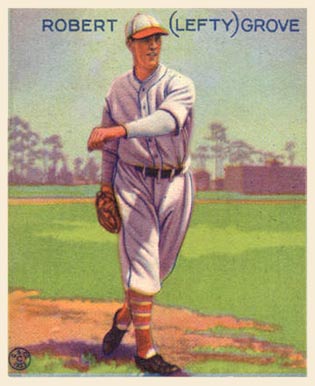
Walter Johnson
The number one “opponent” for Grove’s reign atop the “greatest pitcher ever” debate is probably the imposing righty Walter Johnson. The “Big Train” piled up 417 wins with just 279 losses, a .599 winning percentage in comparison to Grove’s .680. Johnson’s lifetime ERA was 2.17, which at first looks much more impressive than Grove’s 3.06. However, here is where we compare the era in which they pitched. Nearly Walter Johnson’s entire career was in the dead-ball era where hitting numbers were significantly down. The dead ball era ended in 1919, and Johnson retired in 1921.
In the Senators star pitcher’s greatest year, 1913, he went 36-7 with a 1.14 ERA. The mean batting average that year was .259 and teams averaged only 4.04 runs per game. In Grove’s best season, 1931, the average runs per game was 4.81 and batting average was at .278, all significantly tougher than in Johnson’s best year. The second-best ERA in 1913 was Eddie Cicotte at 1.58, so clearly an ERA that low was not quite what it was 10 years later. Comparing the two starter’s best individual season may not do too much, but one can easily compare their league-leading titles.
Walter Johnson led the league in ERA five times, in wins six times, in strikeouts 12 times, and in win-loss percentage twice. He also won two MVP awards, which is one more than Grove. Johnson’s 417 wins are second all-time to Cy Young, and his 110 shutouts are the most in MLB history. In the end, his numbers are better than Grove’s. The question is how much does one value how difficult Grove’s career must have been compared with Johnson’s? Pitting the two studs of their time up against each other, it certainly is a difficult choice. In my opinion, Lefty Grove gets the nod because he dominated his era in a different way than Johnson or any other pitcher ever had before or since.
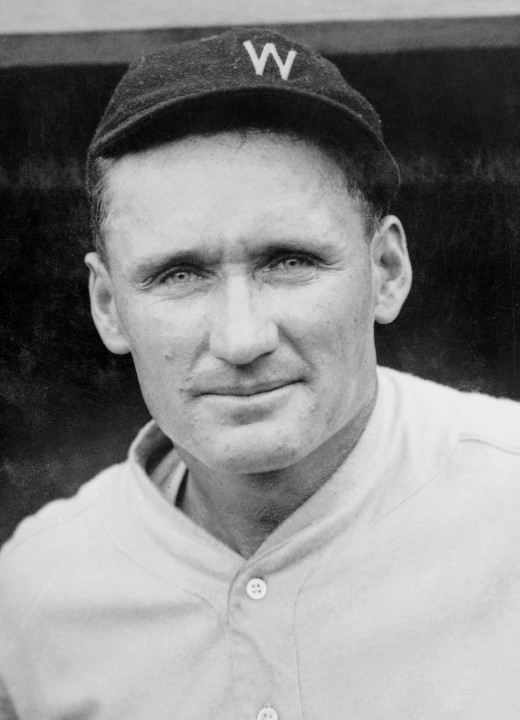
Cy Young
Denton True “Cy” Young owns the most untouchable record in all of American sports, an otherworldly, overwhelming 511 wins. No one will ever come close to this record. Of course, there’s a reason no one will ever threaten it, and that’s because the game is just not played the same today as it was back then. Cy Young pitched from 1890-1911, mostly for the Cleveland Spiders, which is a perfect illustration of how long ago he played. His win total is not his only record, either. His 316 losses are the most ever, and so are his 815 games started and an unbelievable 749 complete games. He has numerous other records, but his 2.63 career ERA is actually worse than Johnson’s and although he dominated his era as well, it was not as impressive as Grove or Johnson, believe it or not.
Cy Young has longevity and consistency going for him, but those two things don’t make you the greatest to ever play your position. The right-hander led the league in ERA only twice, and he also only led the league in strikeouts and win-loss percentage twice, too. His five times leading the league in wins is impressive, but it does not blow away the competition. Cy Young has the most prestigious award in pitching named after him, and obviously he is a legend, an awesome pitcher who displayed absolutely amazing skills over a long amount of time. However, he will have to sit at third on my greatest pitchers list, simply because he did not blow away the competition in the same way that Grove did.
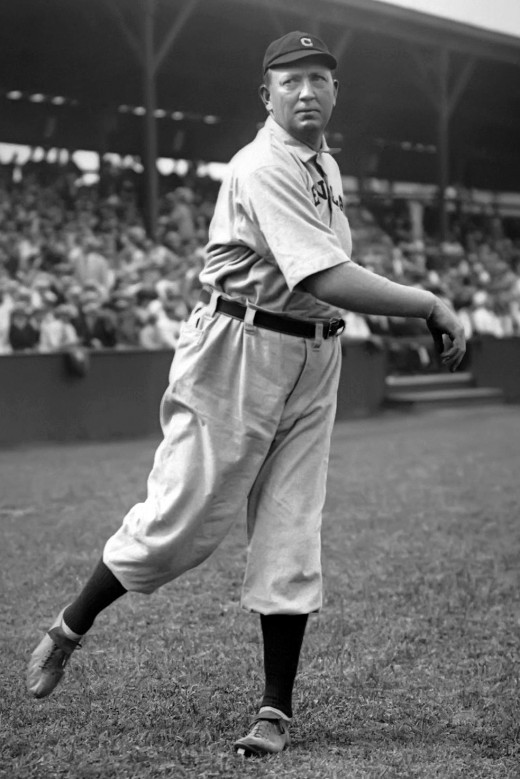
Pete Alexander
Another player who could definitely be argued for the best of all time is Grover Cleveland “Pete” Alexander. Another Philadelphia star, Alexander pitched for the Phillies from 1911 until 1930. Overlapping with the start of Grove’s career, Alexander is not nearly as impressive. He did win the third most games of all time, 373, with only 208 losses and an ERA of 2.56, but much of that was in the dead-ball era. In the 1910s, Johnson was clearly the better pitcher, and Grove was much better while Alexander overlapped with him as well. “Old Pete” was one of the best of all time, but he was not better than Lefty Grove or Walter Johnson for that matter.
Top Pitchers Lifetime Stats
Years Pitched
| Player
| Wins
| Losses
| ERA
|
|---|---|---|---|---|
1925-1941
| Lefty Grove
| 300
| 141
| 3.06
|
1907-1927
| Walter Johnson
| 417
| 279
| 2.17
|
1890-1911
| Cy Young
| 511
| 316
| 2.63
|
1911-1930
| Pete Alexander
| 373
| 208
| 2.56
|
1900-1916
| Christy Matthewson
| 373
| 188
| 2.13
|
1986-2008
| Greg Maddux
| 355
| 227
| 3.16
|
1998-2009
| Randy Johnson
| 303
| 166
| 3.29
|
1942,46-65
| Warren Spahn
| 363
| 245
| 3.08
|
1904-1917
| Ed Walsh
| 195
| 126
| 1.82
|
1936-41,45-56
| Bob Feller
| 266
| 162
| 3.25
|
1955-1966
| Sandy Koufax
| 165
| 87
| 2.76
|
1995-2013
| Mariano Rivera
| 82
| 60
| 2.21 (652 Saves)
|
Christy Mathewson
Pitching many of the years that Johnson pitched, Christy Mathewson was not a pitcher who should be overlooked either. Mathewson had a 373-188 lifetime record (tied for the third-most wins), and an era of 2.13. However, he was not as good as Johnson. (Assuming that Johnson is not as good as Grove, this also means Mathewson is not as good as Grove.) Mathewson was a star for the New York Giants, and his World Series performance in 1905 is probably the greatest that’s ever been seen (3-0 with a 0.00 ERA in 27 innings pitched). When you compare Johnson and Mathewson, it’s not hard to see that Johnson has an edge, even if it is just a slight edge.
So clearly a pitcher from before the 1920s is not the greatest, but what about people who pitched more recently in the steroid-era in baseball? Randy Johnson and Greg Maddux are both candidates for the title of greatest pitcher in the history of baseball.
Which stat is more valuable?
Randy Johnson
Randy Johnson finished his outstanding career with a 303-166 record and a 3.29 ERA, so his ERA is only slightly worse, and he actually pitched in a tougher era. His 166 losses aren’t that many more, so why not Randy Johnson? The “Big Unit” just didn’t quite dominate the league like Grove did. (Are you starting to see a pattern here?) The 10-time all-star only led the league in wins once and led the league in ERA four times, but that’s not even half of Grove. He did win five Cy Young Awards, but if the Cy Young award existed during Grove’s career, Grove might have won six or seven. Randy Johnson was one of the greatest ever and maybe the best in recent years, but he’s not the best of all time.
Greg Maddux
Greg Maddux has the best shot at Grove out of anyone who pitched after 1966. The Braves/Cubs ace compiled an outstanding 355 wins with only 227 losses, a .610 winning percentage. He led the National League in ERA four times and wins three times. Unfortunately, he never led the league in strikeouts and only led twice in winning percentage. Maddux is probably the best pitcher since 1966, better than Johnson, and he does compete with Grove. To conclude, he definitely does compete, but he does not overtake Grove for the greatest pitcher ever.
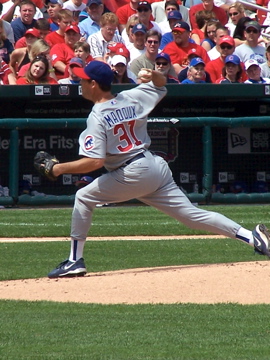
Warren Spahn
Warren Spahn is widely considered the best pitcher of his time. He pitched in 1942, and then from 1946-1965. The Boston/Milwaukee Braves lefty missed three years of his early career due to his service in World War II. Even after missing three seasons, his lifetime record is an impressive 363-245. Although those years weren’t the prime of his career, Spahn almost certainly would have won at least 10 games a year, which would have put him at third all-time.
Warren Spahn in my opinion is a top-five pitcher, and like Grove, is underrated. Besides Walter Johnson and Cy Young, he has the best shot to dethrone Grove. The Braves’ ace led the league in wins eight times; no one has led the league in wins that many times. His lifetime ERA is 3.08, barely higher than Grove’s, but the runs per game during Spahn’s years was between 3.95 and 4.85, during Grove’s years pitched the lowest was 4.64 runs per game and the highest was 5.55. Comparing their ERA’s with the runs per game in mind, Grove’s suddenly looks a lot more impressive. Warren Spahn led the league only twice in ERA and only four times in strikeouts. The 14-time all-star is, in my opinion, the second greatest lefty pitcher ever to pitch in baseball history.
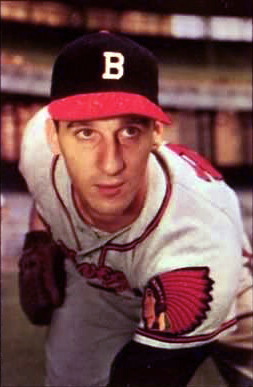
Sandy Koufax
With a nickname “The left arm of God,” it’s clearly evident that Sandy Koufax could deal better than anyone of his time. The Dodger’s lefty put together the best run of seasons that has ever been seen before. From 1962-1966, Koufax baffled batters leading the league in ERA in all five of those seasons, WHIP in four seasons, and in three of those five he led in wins, strikeouts and shutouts. He also led twice in complete games and twice in innings pitched. He won three pitching triple crowns, and three Cy Young awards in that stretch. What Sandy Koufax did in those five years is incomprehensible today. So what happened after Koufax’s 27-9 with a 1.73 ERA season? He never played another game again.
Koufax was forced to retire from baseball prematurely at the age of 30 due to arthritis in his left arm. There’s no telling what he may have done if he had pitched for 10 more years. Even still, he finished with a 165-97 record, a winning percentage of .655, and his lifetime ERA was an awesome 2.76. Koufax did pitch in a pitcher’s era, but in my opinion, the best pitcher of all time has to pitch more than 11 seasons and win more games than 165. Koufax was the first major-leaguer to pitch four no-hitters, and he also threw a perfect game. No player ever dominated like Koufax did, but unfortunately, he did not maintain it long enough to be the number one pitcher in the history of baseball.
Sandy Koufax on Another Level
Satchel Paige
Satchel Paige is renowned as the greatest Negro Leagues pitcher of all-time, so now not only do we have to compare eras, but also two completely different leagues. However, this is not as challenging as it sounds, as eventually many Negro Leagues players eventually were signed for MLB teams. All in all, the Negro Leagues seems to be on an equal plane as the MLB. Satchel Paige did not even enter Major League Baseball until he was 42-years-old, and he finished his MLB career with a modest 28-31 record with a 3.29 ERA. Of course since he was past his prime in those MLB years, his more important numbers are those from the Negro Leagues. In the Negro Leagues he was a five-time all-star and although the stats are limited, he appears to have been 100-50 with a 3.22 ERA. He was certainly a phenomenal pitcher, but I don’t believe he is the greatest pitcher to ever play the game of baseball.
Number of Seasons Leading the League
Player
| ERA
| Wins
| Strikeouts
| Winning Perc.
|
|---|---|---|---|---|
Lefty Grove
| 9
| 4
| 7
| 5
|
Walter Johnson
| 5
| 6
| 12
| 2
|
Cy Young
| 2
| 5
| 2
| 2
|
Pete Alexander
| 5
| 6
| 6
| 1
|
Christy Mathewson
| 5
| 4
| 5
| 1
|
Greg Maddux
| 4
| 3
| 0
| 2
|
Randy Johnson
| 4
| 1
| 9
| 4
|
Warren Spahn
| 2
| 8
| 4
| 1
|
Ed Walsh
| 2
| 1
| 2
| 1
|
Bob Feller
| 1
| 6
| 7
| 1
|
Sandy Koufax
| 5
| 3
| 4
| 2
|
A look at the number of times some of the greats led the league throughout their careers.
Mariano Rivera
After comparing countless starting pitchers, none stack up against Lefty Grove. Although other starters could potentially be compared to Grove, they stand less of a chance than the others previously mentioned. This leaves one player who is not like all the rest, the greatest closer of all time: Mariano Rivera. The Yankees closer finished with the most saves of all time, 652, and he also has a career record of 82-60 with an impeccable 2.21 ERA. He is a 13-time all-star, and he obliterated hitters with his nasty cutter. In the postseason, Rivera went into an even more superior mode. His postseason ERA is a staggering 0.70 in 96 games with 42 saves, and he also won the 1999 World Series MVP. Rivera’s 42 playoff saves is more than double the second best (Brad Lidge with 18) and his 0.70 playoff ERA is also the best ever.
“Mo” may have a better shot than anyone at taking down Grove, but to me, he still doesn’t quite do it. Although he had an illustrious career, he only led the league in saves three times. He dominated more than any closer ever has before, but I still give Grove the nod in the end. Rivera is without a doubt the greatest closer of all-time and one of the best pitchers ever, but I cannot say that he is the number one pitcher, simply because there were so many years when he wasn’t the very best pitcher in the season.
Who is the Greatest Pitcher of All-Time?
Conclusion
There is a multitude of great pitchers who have been left out of this discussion, but if I were to name them all, this article would go on for pages and pages. The MLB ERA leader Ed Walsh was not even mentioned, because his 195-126 record does not quite do it, and he didn’t dominate like some of the others. Bob Feller (266-162, 3.25 ERA) also did not even get a mere paragraph. Neither did Hilton Smith, who in some people’s opinion is better than fellow Negro League star Satchel Paige. Pedro Martinez and Bob Gibson could potentially have an argument, but they did not quite make the cut either.
In the end, different people have different requirements for what statistics are the most important and ultimately who is the greatest ever. Pronouncing the greatest pitcher to ever play a game that has existed for almost 200 years is a nearly impossible task. In my opinion, Grove’s demonstration of dominance in a hitter’s era is more impressive than anyone else’s career in baseball history.
Who is the greatest pitcher of all-time in your opinion? Share your thoughts below and let me know if you agree or disagree with me!

